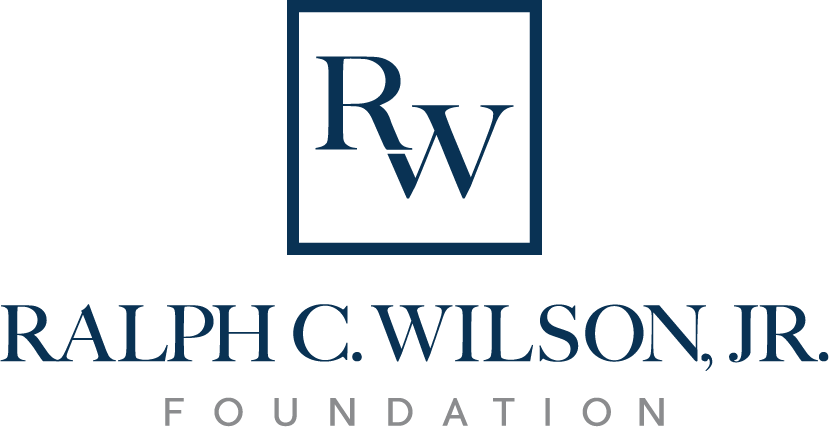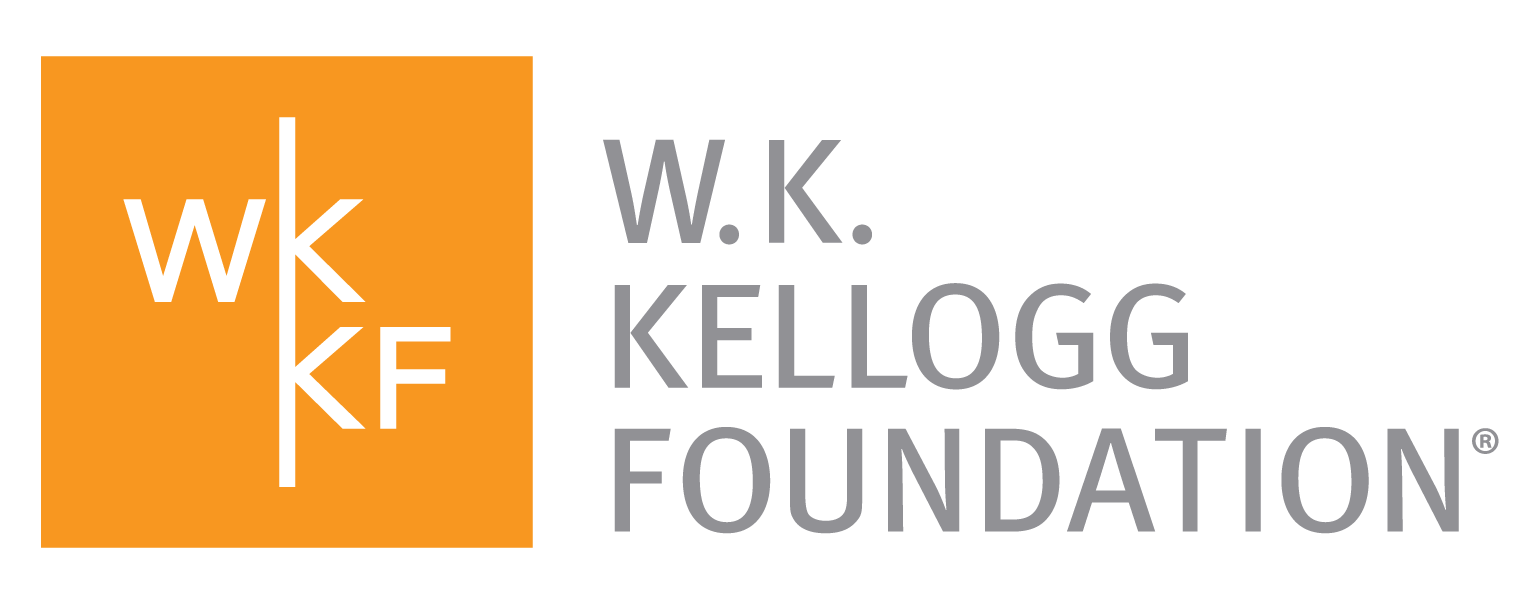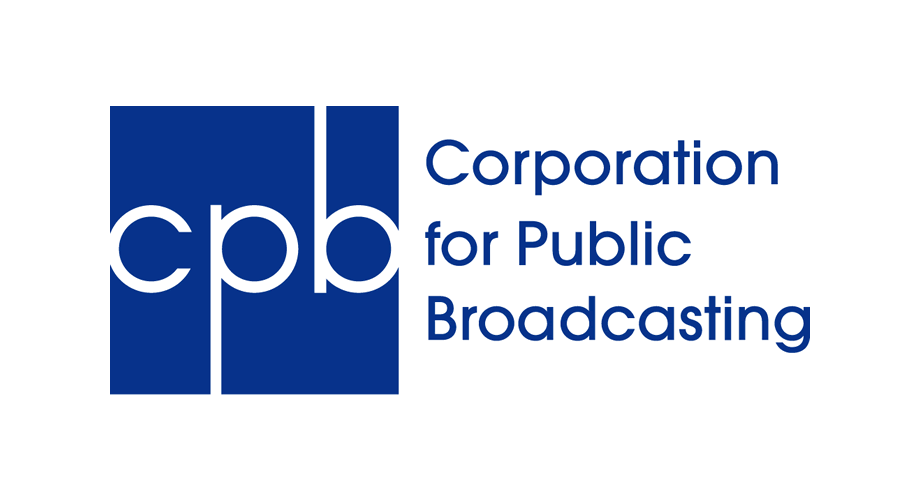For some students, the question, “So what do you want to do when you finish high school?” has a clear answer; but that isn’t the case for everyone. If you aren’t sure where you see yourself after high school, you are not alone. Thinking about a career can feel overwhelming, and with so many options, it’s challenging to know where to begin. Luckily, there are some steps you can take that will help make things feel more manageable.
What is a career self-assessment?
A good place to start as you begin thinking about next steps after high school is to identify your interests and strengths. Taking the time to reflect on this will go a long way in helping you narrow down options for yourself. The best way to engage in this kind of reflection is to take a career self-assessment. Self-assessments offer you a chance to identify the kinds of things you are interested in, and where your strengths and skills lie. In addition to this, these types of self-assessments can provide you with information about the kinds of work environments that best suit you, where you might benefit from more experience, and what occupations might be a good match for you. You can find great, free self-assessments online and they typically take just a few minutes to complete!
Building career awareness
Once you’ve completed a self-assessment, the results can help you identify careers you might not have thought about, or that might even be new to you. Being able to build this awareness around what careers are available that match your interests, strengths, and skills will help you begin to narrow your focus. Remember that at this stage, it is all about becoming aware of what is out there. Keep a variety of possibilities on the table even if they are new to you or ideas that you’d never thought of before, so you can keep your options flexible and open.
Digging in deeper with career exploration
After building some awareness around careers, it’s time to do some research so you can learn more about them! This is a good time to talk with a guidance counselor or career counselor at your school. They can help you explore opportunities offered at your school, and/or in your community that connect to the careers you are interested in learning more about. If that isn’t an option for you, don’t worry! There are plenty of free online resources to get you started. The Bureau of Labor and Statistics, for example, has free career exploration resources, as well as an Occupational Outlook Handbook, that can help you find the information you need. This is also a great time to seek opportunities to job shadow someone in the career you are interested in, or to intern or volunteer. Getting these types of experiences under your belt can really help you decide if this is a career for you.
Learning through, and for, work!
Your final steps involve career-specific preparation and training. This typically involves refining your career choices, and building a plan to make sure you have the knowledge and skills to be successful. Oftentimes this includes coursework and programs which may be delivered through your school, community college, or even a union or trade organization. It may also include on-the-job training and/or professional testing that leads to occupational certifications, licensure, and, in some cases, high school or college credit.
Whatever you decide, always remember that the reflection and research that you do now, can be very helpful as you plan your future career path. Be open to trying new things, and be flexible keeping in mind that nothing is set in stone, and you can always change course if you aren’t connecting with your chosen field. Find work that you really enjoy and find fulfilling; the perfect fit for you is out there!






